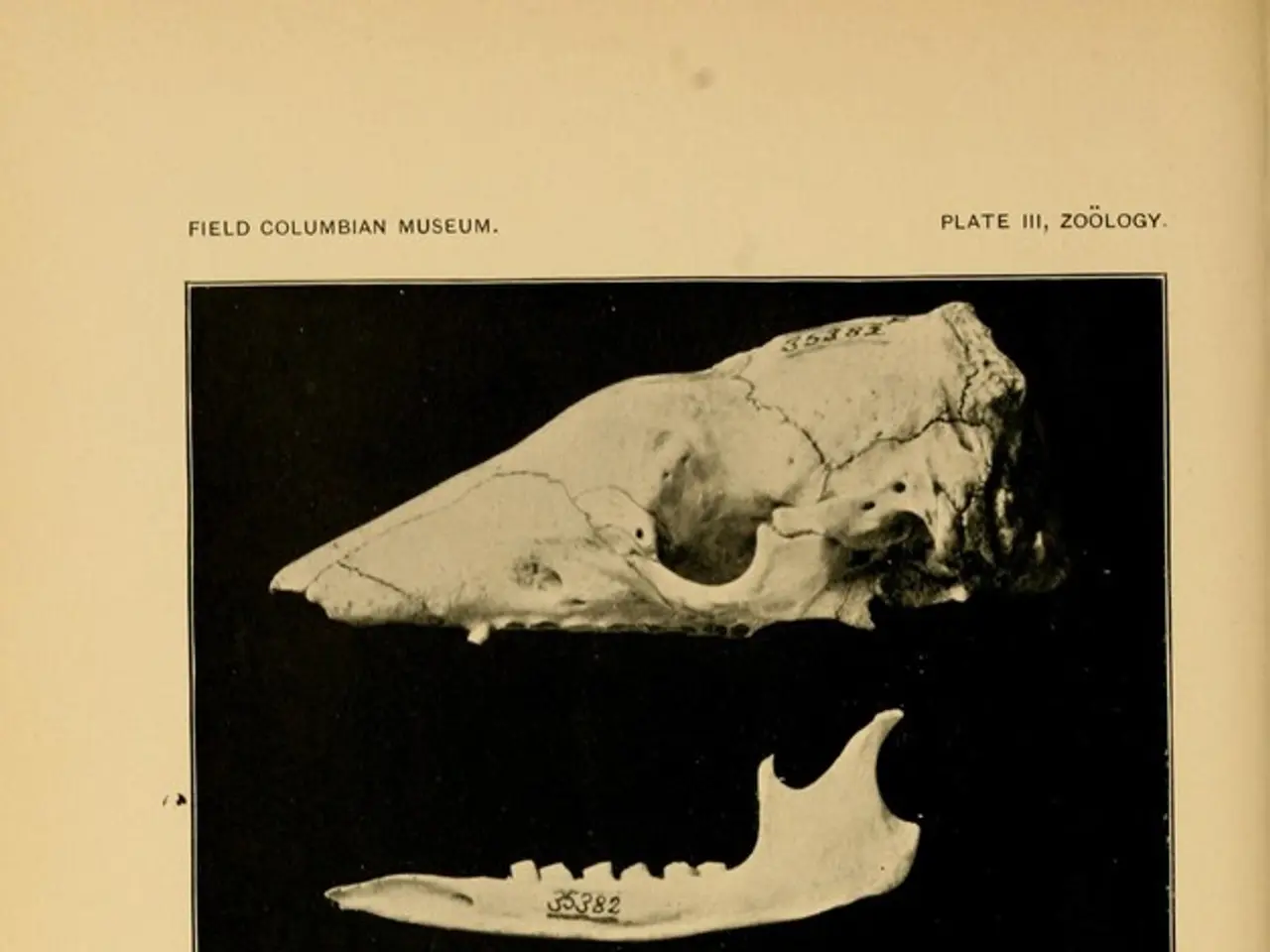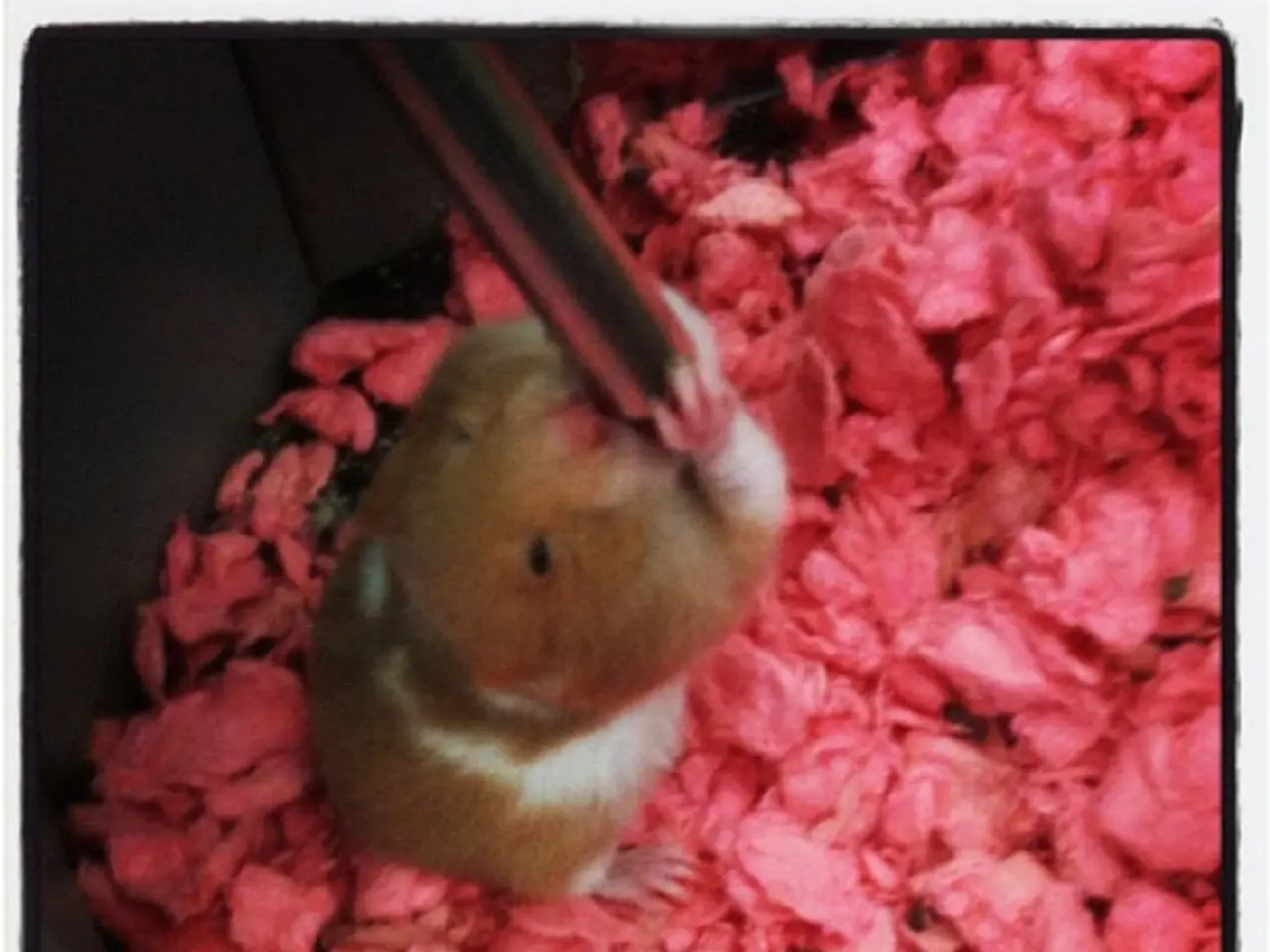Symptoms, diagnostic processes, treatment methods, and additional information regarding spinal gout
Spinal gout, a rare manifestation of gout, occurs when uric acid crystals deposit in the joints or periarticular tissues of the spine, causing inflammation. This condition can lead to a variety of symptoms, making it crucial for both patients and healthcare professionals to understand its causes, diagnosis, and treatment.
Symptoms
Common symptoms of spinal gout include acute or chronic back pain, localized tenderness, restricted spine mobility, and neurological symptoms such as numbness or weakness if nerve roots are compressed. In some cases, fever and systemic signs may occur if severe inflammation is present. These symptoms can often mimic spinal infections or tumors, making diagnosis challenging.
Causes
Spinal gout is primarily caused by hyperuricemia, or elevated uric acid levels, which leads to the deposition of monosodium urate crystals in joints, including those in the spine. Risk factors for spinal gout are similar to those for typical gout: male sex, middle to older age, metabolic syndrome, kidney disease, and dietary factors that increase uric acid levels.
Diagnosis
Diagnosing spinal gout requires a combination of clinical, laboratory, imaging, and histological findings. A clinical assessment of symptoms and a patient's history of gout are crucial. Laboratory tests are used to confirm hyperuricemia, while imaging studies such as MRI or CT scans can detect tophi or spinal involvement. A biopsy or joint aspiration is often necessary to identify urate crystals under polarized light microscopy. It's important to rule out infections and malignancies during the diagnostic process.
Treatment
Treatment for spinal gout includes anti-inflammatory medications such as NSAIDs, colchicine, or corticosteroids to reduce acute inflammation and pain. Urate-lowering therapy, such as allopurinol or febuxostat, is essential for long-term management to prevent recurrence. Severe cases with neurological impairment may require surgical intervention to decompress nerves or remove tophi.
Prevention
Managing gout involves lifestyle changes such as losing excess weight, limiting alcohol consumption, reducing or avoiding purine-rich foods, and avoiding medications that increase uric acid levels. Prompt diagnosis and treatment can help relieve symptoms and prevent the condition from progressing.
Spinal gout is a rare but important cause of back pain. Understanding its causes, symptoms, diagnosis, and treatment can help both patients and healthcare professionals to manage this condition effectively.
[1] Spinal Gout: A Rare but Important Cause of Back Pain. (2021). Journal of Rheumatology.
[2] Diagnosis and Management of Spinal Gout. (2019). Rheumatology and Therapy.
[3] Gout: A Review of Pathophysiology, Diagnosis, and Management. (2020). American Family Physician.
- Besides back pain, symptoms of spinal gout can also include localized tenderness, restricted spine mobility, numbness, weakness, or fever, potentially mimicking other conditions such as spinal infections or tumors.
- The primary cause of spinal gout is hyperuricemia, or elevated uric acid levels, which ultimately leads to the deposition of monosodium urate crystals in the spine's joints.
- To confirm a spinal gout diagnosis, healthcare professionals move beyond just clinical assessments and delve into laboratory tests, imaging studies like MRI or CT scans, and possibly biopsy or joint aspiration to identify urate crystals.
- Effective treatment for spinal gout comprises anti-inflammatory medications, such as NSAIDs, colchicine, or corticosteroids, for immediate relief, as well as urate-lowering therapy like allopurinol or febuxostat for long-term prevention of recurrence.
- In severe cases requiring neurological decompression or tophi removal, surgery may be necessary.
- Preventive measures for gout involve maintaining a healthy lifestyle with weight management, limited alcohol consumption, dietary changes, avoiding medications that raise uric acid levels, and prompt treatment upon diagnosis to hinder progression of the condition.




